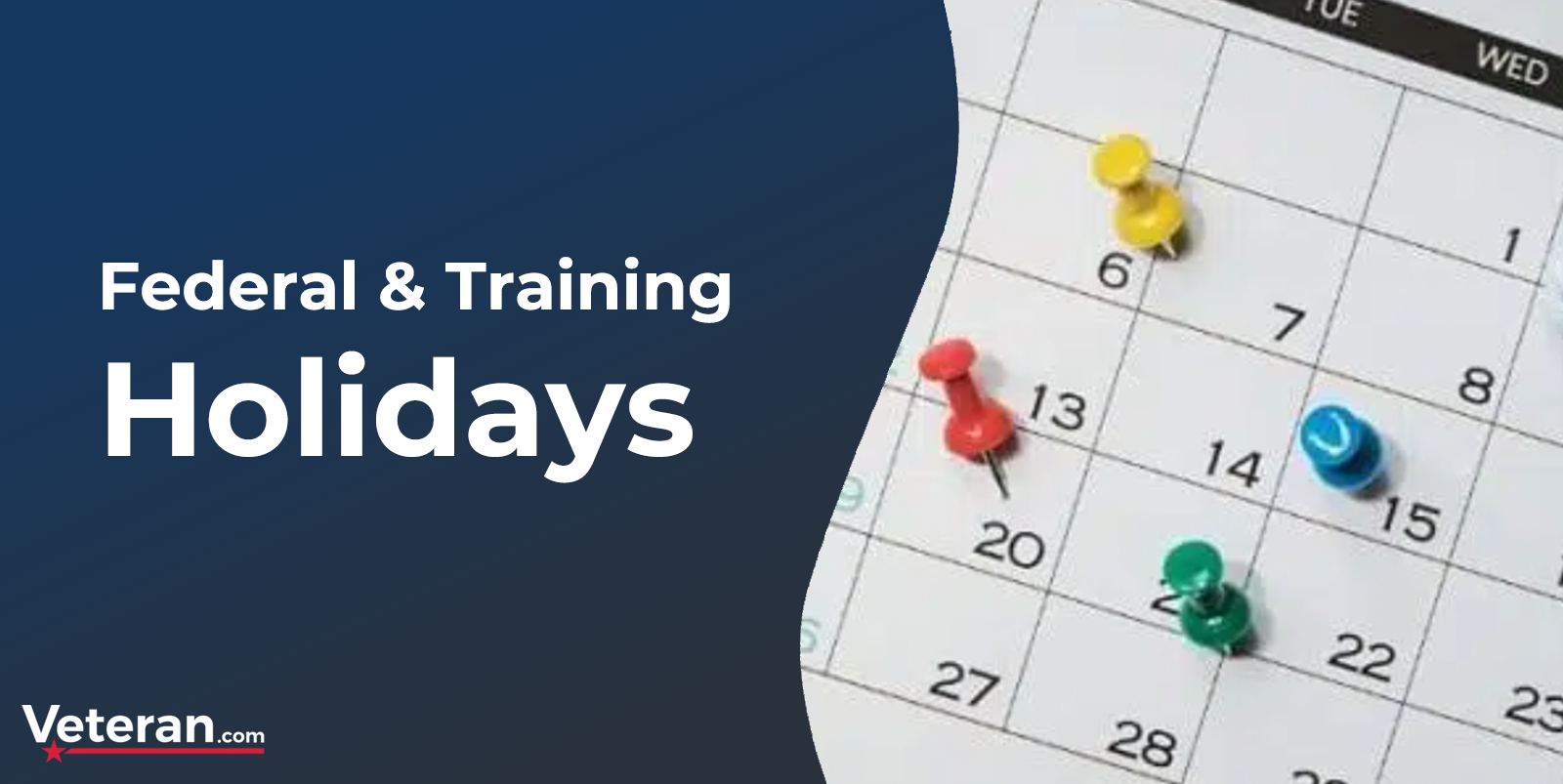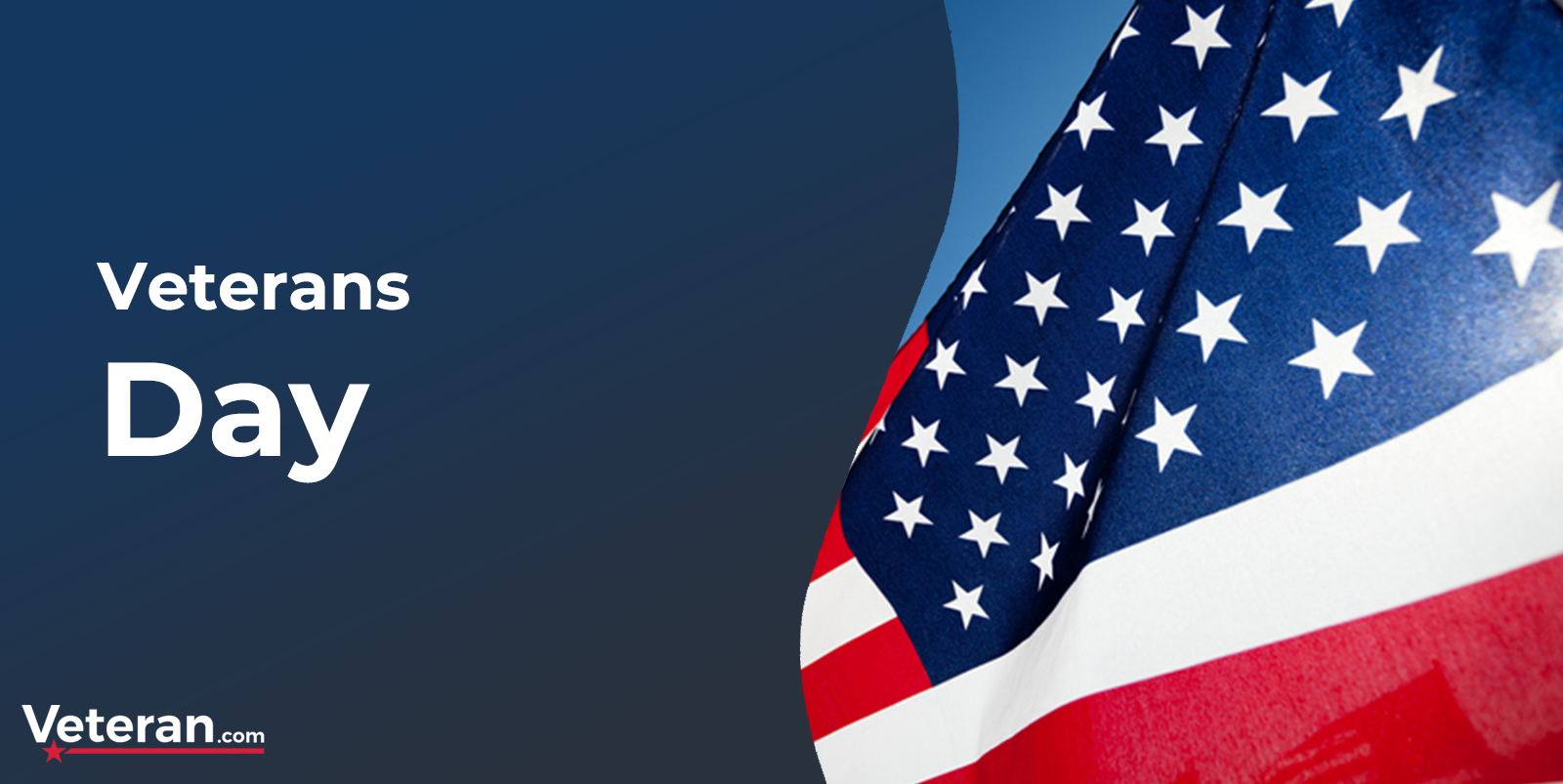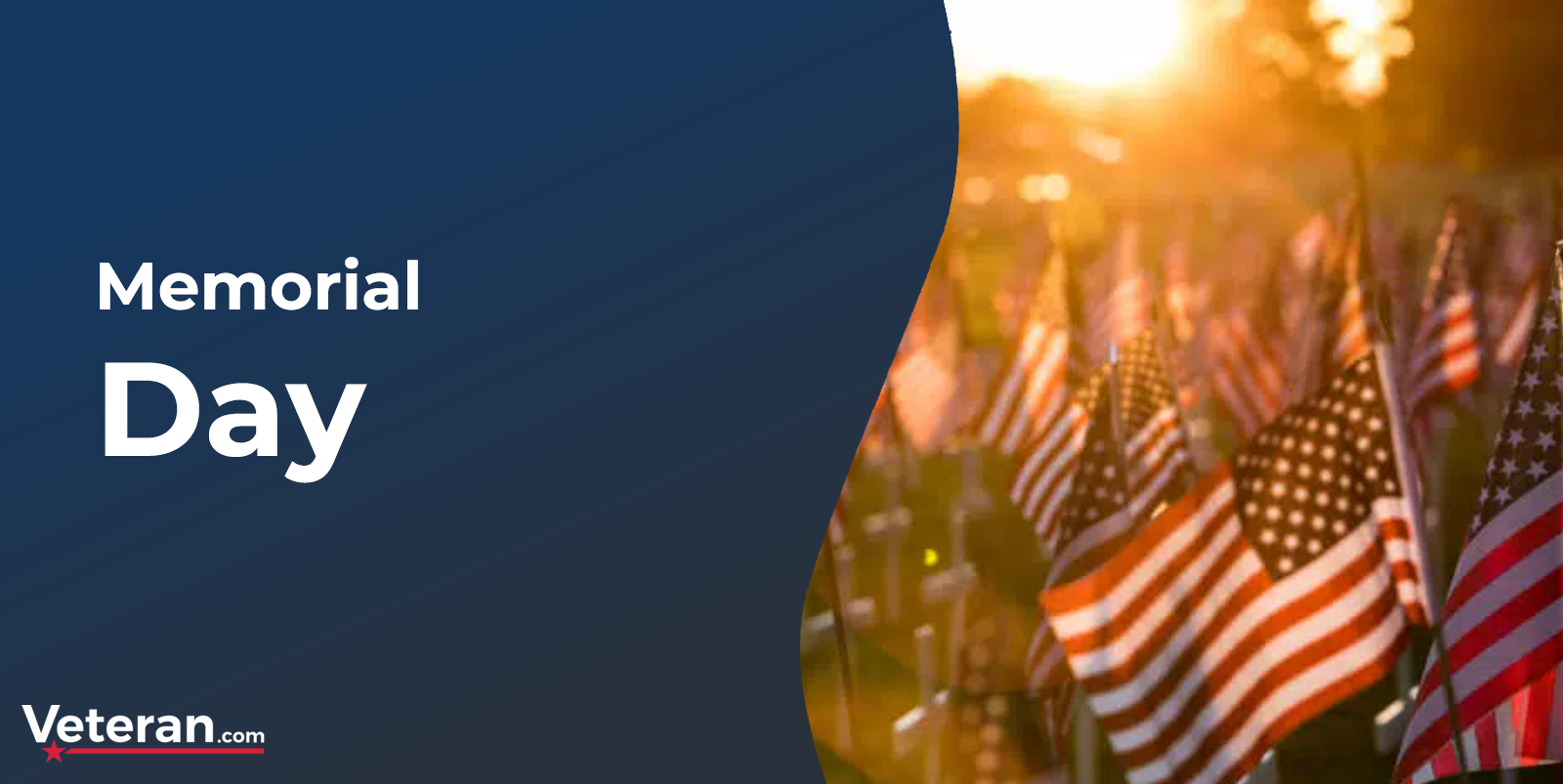National Family Caregivers Month
Updated: December 5, 2020
National Family Caregivers Month is celebrated every year in November. Created and promoted by the Caregiver Action Network, this is a month dedicated to providing support for, and raising awareness of, family caregivers, or individuals who care for relatives or loved ones living with chronic illness, disabilities, terminal illness, or aging issues. It is also for individuals who care for veterans living with illness or injury as a result of military service.
National observance begins with the sitting president issuing a proclamation regarding the mission and core values to be honored during the month. For example, in his 2016 proclamation for National Family Caregivers Month, President Barack Obama stated the following:
“Many devoted caregivers across our country also attend to members of our Armed Forces when they return home, and my Administration is committed to improving the care and support our veterans and their families receive.”
President Obama points out that First Lady Michelle Obama and Dr. Jill Biden’s Joining Forces initiative was created to “ensure those who look after our service members who come home with the wounds of war — whether they are visible or not — have the community and Government support they need.”
The Caregiver Action Network chooses a theme for the month, and provides materials to help promote observance and awareness. This includes the chosen theme, a media kit, posters, sample presidential proclamations from previous years, and other materials. In 2018, the theme chosen for the month was “Supercharge Your Caregiving!”
The media kit included example Facebook posts, Tweets, and hashtags to be used for promotion on social media, as well as a theme poster. The website is also filled with links family members can use to access information about self-care, caregiver training, and support.
Websites provide information about issues caregivers often face, and offer tips for caregivers and their loved ones. One website, the National PACE Association, gives a breakdown of what a typical day might look like for a family caregiver:
- Morning: The average family caregiver is a working mother of school-aged children. Mornings become a tricky balancing act of getting the kids ready for school, making sure your loved one has what they need for the day, and then getting yourself out the door for work.
- Throughout the Day: Up to 70% of the time, the family caregiver manages the medications. The more serious the condition, the more likely it is that the family caregiver manages the medications for the patient. This means ensuring their loved one is taking medication correctly and maintaining an up-to-date medication list.
- During the Workday: Six out of 10 family caregivers work full or part time in addition to juggling their caregiving responsibilities at home. Most say they have to cut back on working hours, take a leave of absence, or quit their job entirely.
- Evening: Evenings are for family time and mealtime. Nutrition is as important for caregivers as it is for their loved ones. Proper nutrition helps maintain strength, energy, stamina and a positive attitude.
- Late at Night: This might be the only time that family caregivers get a few minutes for themselves to rest and recharge. The chance to take a breather and re-energize is vital so they can be as good a caregiver tomorrow as they were today.
- Middle of the Night: If loved ones may need to go to the emergency room in the middle of the night on occasion, family caregivers should be prepared ahead of time with what they need to know and what they need to have with them.
Another website, National Today, offers self-care tips as a way for caregivers to observe the month:
- Attend a caregiving conference or workshop. Since it’s National Family Caregivers Month, do something to make an impact. Check with the National Alliance for Caregiving for the details but if you can’t get away to Washington, attend a workshop instead. The most important aspect is to know you are not alone.
- Download a caregiving toolkit. Download the Circle of Care Mental Health Toolkit. Sponsored by the National Alliance for Caregiving, the toolkit covers topics including taking care of yourself, getting an accurate diagnosis, communicating with health professionals, finding community services, finding providers, and more. The resources you need are just a click away.
- Take naps. One of the healthiest things you can do for yourself is to fit naps into your weekly schedule. Round-the-clock caregiving is never easy. But when your loved one takes a break, don’t do another task — you take a break too. It’s important not to wear yourself down or who will take care of you?
The History of National Caregiver Month is the History of Caregivers Action Network
The Caregivers Action Network was originally founded as the National Family Caregivers Association by Suzanne Mintz and Cindy Fowler in 1993. At the time, Mrs. Mintz was a caregiver to her husband, while Ms. Fowler was a caregiver to her mother.
The two friends found common ground in the daily issues they each faced as caregivers – lack of community support, lack of education or training resources, and the lack of a voice to ask for the help they need. Mrs. Mintz described the situation at the time:
“We wondered why no one seemed to be focused on the fact that helping a loved one with a deteriorating illness had a very real impact on not only the person with the illness, but also on those of us who were primarily responsible for helping them.”
These people are family caregivers, in need of “someone to reach out to us, to tell us where to find helpful information and advice, emotional support, and real hands-on assistance when we needed it.” NFCA was created for the purposes of education, support, and awareness raising.
Because of the lack of information, support, and voice for caregivers, Mrs. Mintz and Ms. Fowler dedicated themselves to filling this gap for other family caregivers. According to Ms. Fowler, “Our original vision was to get information and resources into people’s hands and to let them know they weren’t alone.”
In 1994, the National Family Caregivers Association began to promote national recognition of family caregivers. In 1997, President Bill Clinton signed the first National Family Caregiver Month Presidential Proclamation.
Since then, the Caregivers Action Network has promoted National Caregivers month each year, and every sitting president since has issued an annual presidential proclamation for the month.
Help for Family Caregivers of Veterans
Some of the most common health conditions veterans face include Traumatic Brain Injury, PTSD, and cancers due to exposure to toxic chemicals. Consequently, family caregivers of veterans need access to the information and training that is necessary to provide good care to their veteran family members or loved ones.
National Family Caregiver month continues to help raise national awareness and recognition of the vital role family caregivers play in the lives of those living with aging or disability issues, as well as veterans living with illness or injury related to military service.
 Joe Wallace is a 13-year veteran of the United States Air Force and a former reporter for Air Force Television News
Joe Wallace is a 13-year veteran of the United States Air Force and a former reporter for Air Force Television News
Most Popular Holidays and Observances Articles

Federal & Training Holidays

Military Calendar – Holidays, Events, Observances

Veterans Day 2024

Memorial Day 2024































































